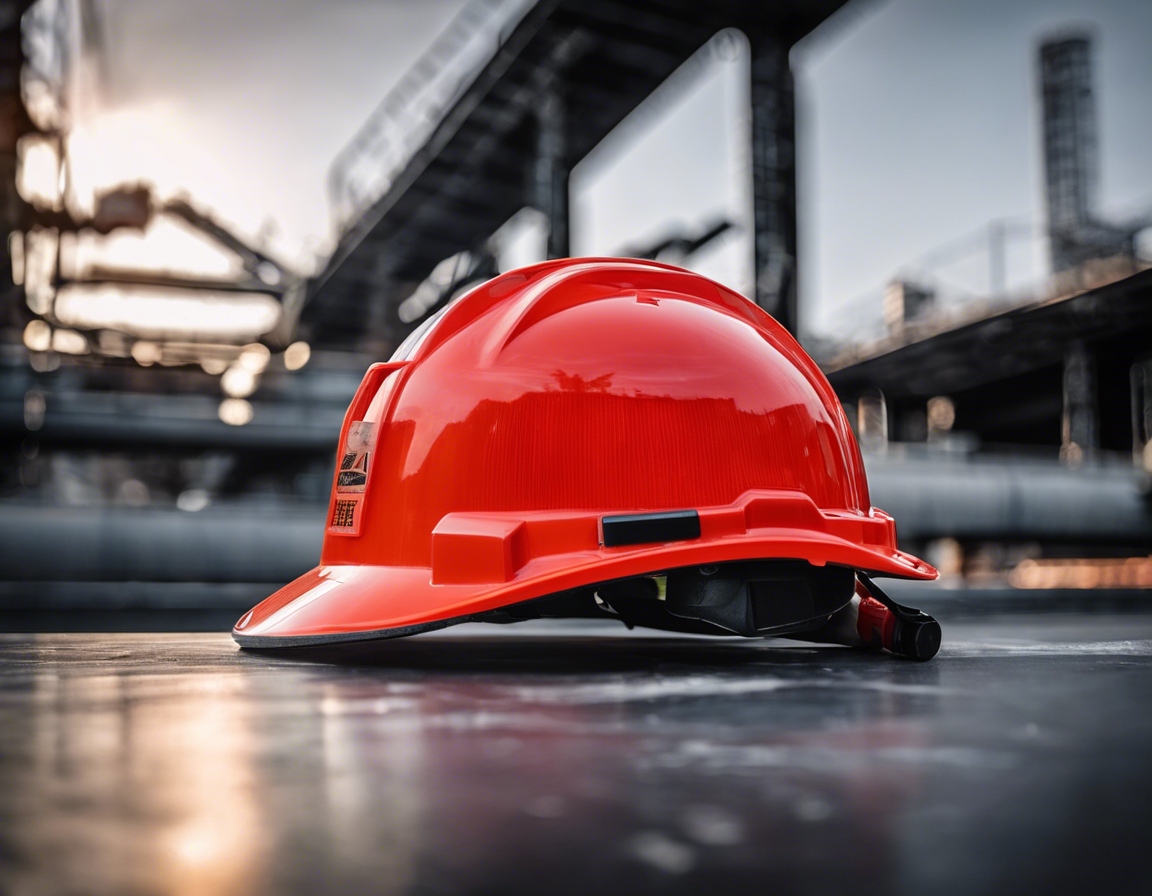The future of fire safety: trends and innovations
The importance of fire safety cannot be overstated, with advancements in technology playing a pivotal role in shaping its future. As businesses and government entities seek to protect their assets and ensure the safety of their operations, staying abreast of the latest trends and innovations in fire safety is crucial. This post explores the cutting-edge developments that are set to redefine fire safety protocols and equipment.
Emerging Trends in Fire Safety
Smart fire detection systems are revolutionizing the way we respond to fire hazards. These systems utilize sensors and artificial intelligence to detect fires more quickly and accurately than traditional methods, providing real-time alerts and data to facilitate a swift response.
From eco-friendly fire extinguishing agents to high-pressure water mist systems, advanced suppression technologies are providing more effective and less harmful ways to combat fires.
The integration of the Internet of Things (IoT) and big data analytics into fire safety systems offers unprecedented capabilities for monitoring, predicting, and preventing fire incidents through the collection and analysis of vast amounts of data.
FSaaS models are emerging, where fire safety solutions are offered as a subscription-based service, allowing for continuous updates, maintenance, and compliance with the latest regulations without significant upfront investments.
Innovations Shaping the Future of Fire Safety
Drones equipped with thermal imaging cameras and firefighting equipment can access areas that are dangerous or inaccessible to human firefighters, providing a valuable tool in combating fires more effectively.
Developments in firefighting equipment, such as wearable exoskeletons and advanced fire extinguishers, are enhancing the capabilities and safety of firefighters on the ground.
Innovations in fire-resistant materials and building design are leading to safer structures that can better withstand and contain fires, minimizing damage and loss of life.
Advancements in PPE, including smarter, more durable, and lighter materials, are increasing the protection and comfort of firefighters, allowing them to operate more efficiently in hazardous environments.
Implications for Various Sectors
For sectors such as finance and retail, where the protection of physical assets and data is paramount, the adoption of advanced fire safety technologies can significantly mitigate risks and ensure business continuity.
In industrial and healthcare settings, where the potential for fire hazards is high, innovative fire safety solutions can prevent catastrophic losses and ensure the safety of personnel and patients.
For public security and government entities, robust fire safety systems are essential for safeguarding infrastructure and the public. The integration of new technologies ensures a more coordinated and effective response to fire emergencies.






Comments (0)